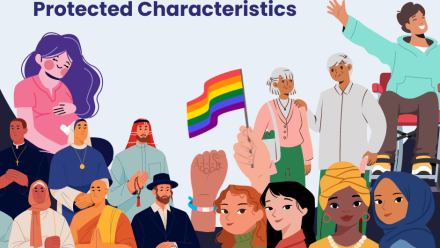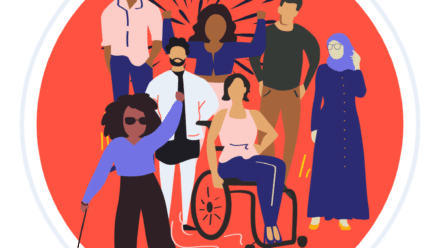Exploring a metacognitive approach to learning and support
31st January 2018 by Catia Neves
Learning How to Learn
Diversity and Ability (D&A) are big supporters of a strategy-focused approach to support, blending study skills techniques with assistive technology (AT). In today’s digital age, technology is ingrained in students’ lives, part of their everyday routines. Combining these technologies with essential study skills is crucial for student success in higher education.
To find effective strategies for students, we need to do some groundwork. Reflecting on and questioning their challenges and current coping mechanisms is key. Study skills tutors and AT trainers play a big role here, helping students become aware of different study methods. Understanding how you think and learn—metacognition—is essential for finding empowering tools and strategies. That’s why a metacognitive approach to AT training is so important.
Metacognition isn’t just about AT training and study skills; it’s fundamental to all learning processes. James Zull (2011) points out that metacognition “is at the root of all learning,” stressing the need to learn actively, not passively. Mortimore (2008) agrees, highlighting its role in personal growth and effective learning strategies. Because metacognition is so vital, it should be more visible and integrated into educational practices early on.
What is Metacognition?
Metacognition is about understanding how you learn and approach tasks and the different strategies available. It involves being curious before, during, and after learning, reflecting on what works best. Developing metacognition is like mindfulness in learning—being aware of what works and adapting accordingly. Including metacognitive strategies in learning gives individuals a toolbox of effective approaches, as Hattie (2012) suggests:
“We need to know what we’re doing, where we’re going, and what to do when we’re not sure.”
Achieving Metacognition in Support—Exploring ‘Thinking and Learning’ Approaches
Understanding different thinking and learning styles is crucial for finding effective strategies. Study Skills for Students with Dyslexia (Hargreaves and Crabb, 2016) outlines theories and strategies for a multi-sensory approach to learning.
Once students understand their preferred thinking and learning styles, they can experiment more effectively with strategies. It’s important to explain the metacognitive process to students, helping them see how they already use it and encouraging them to assess their techniques proactively.
In summary, fostering metacognition in learning involves:
1. Explicit exploration: Clearly introduce metacognition to students so they feel in control.
2. Explore different models: Help students understand different ways of thinking and learning.
3. Encourage curiosity: Keep an open mind about trying different strategies.
4. Trial and error: Support students as they experiment to find what works for them.
5. Build confidence: Create a supportive environment where students can advocate for their own learning needs.
6. Monitor and evaluate: Set up ways to check how well strategies are working over time.
AT Training and Metacognition—An Integrated Approach
Effective metacognition means critically evaluating new strategies and adjusting as needed. This approach should guide teaching before, during, and after training sessions.
A Core Skill for All Students—Universal Design
Metacognition should be a part of everyday learning, making it relevant and beneficial for students. By promoting self-awareness and reflection, educators can help students easily adopt metacognitive principles.
Looking Ahead: Embracing Metacognition in Education
Metacognition is crucial for all students, yet it’s often overlooked. Introducing it early and embedding it in curricula can create a more inclusive learning environment that celebrates diverse learning styles.
Discover a whole host of AT on our resources page.
Bibliography
– Hattie, (2012) *Visible Learning for Teachers: Maximizing Impact on Learning.*
– Hargreaves and Crabb (2016), *Study Skills for Students with Dyslexia, chapter Understanding How You Think and Learn (Davis, Easton and Hargreaves)*
– Mortimore, (2008) *Dyslexia and Learning Style: A Practitioner’s Handbook, 2nd edn. Chichester: John Wiley & Sons*
– Zull, (2011) *Brain to Mind: Using Neuroscience to Guide Change in Education*
– *Study Skills for Students with Dyslexia Final Proof Copy (see chapter 2)*



